Experts in the livestock industry recommend feed solutions to improve efficiency and productivity in the pig farming industry, contributing to reducing greenhouse gas emissions.
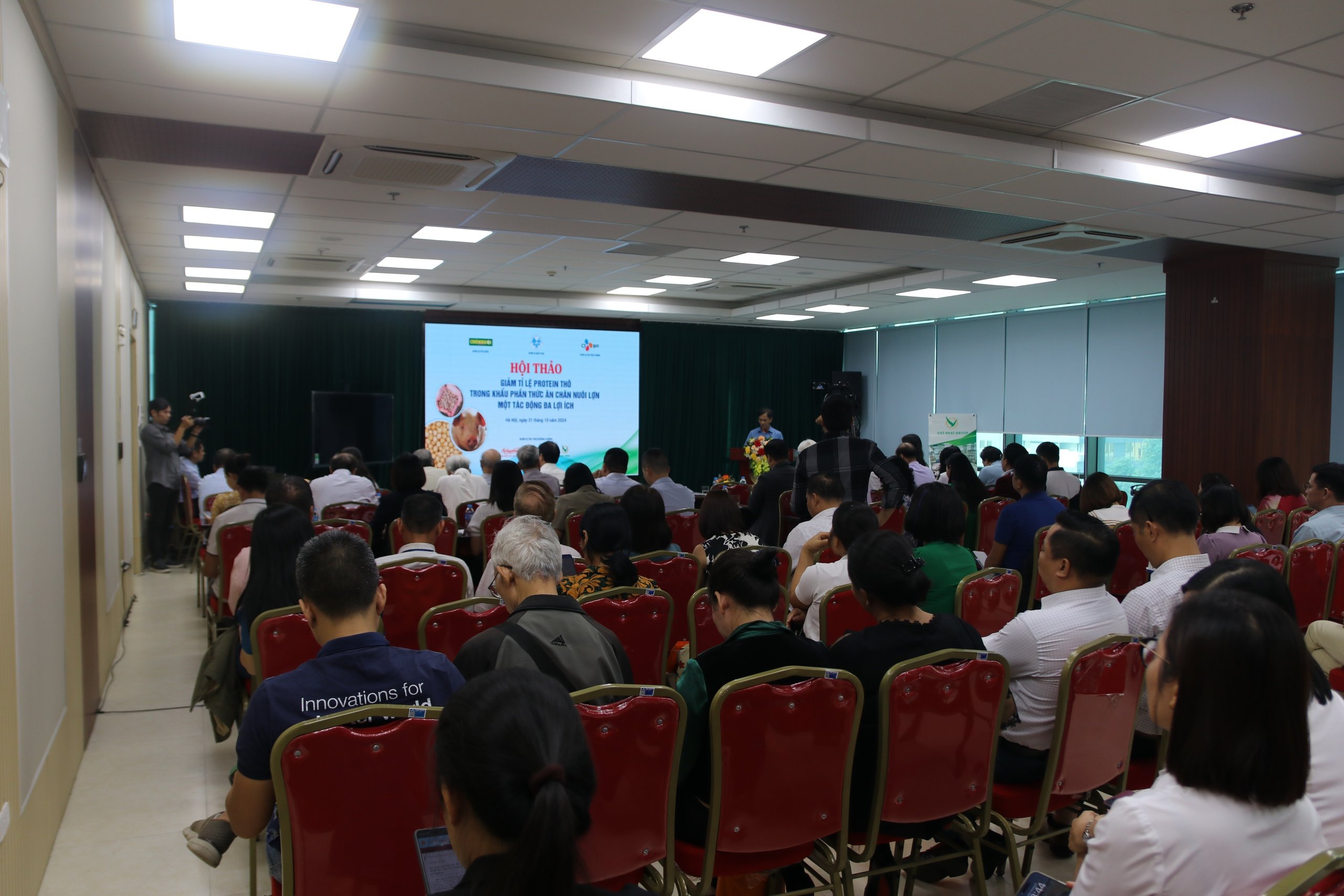
Overview of the Workshop "Reducing the crude protein ratio in pig feed rations, a multi-beneficial impact". Photo: Nghia Le
According to Dr. Nguyen Ngoc Son, Permanent Vice President of the Vietnam Livestock Association: "Currently, the total buffalo herd in the country is 2.2 million, the cow herd is 6.5 million, especially the poultry herd is 558 million, in the third quarter of 2024, livestock product exports reached 515 million USD, an average increase of 20% over the same period, livestock product imports were 3.53 billion USD, a decrease of 4.4% over the same period. Particularly for the pig farming industry, reaching 26.5 million heads, Vietnam is the country with the 5th largest pig farming industry in terms of head, 6th in meat output compared to other countries in the world ".
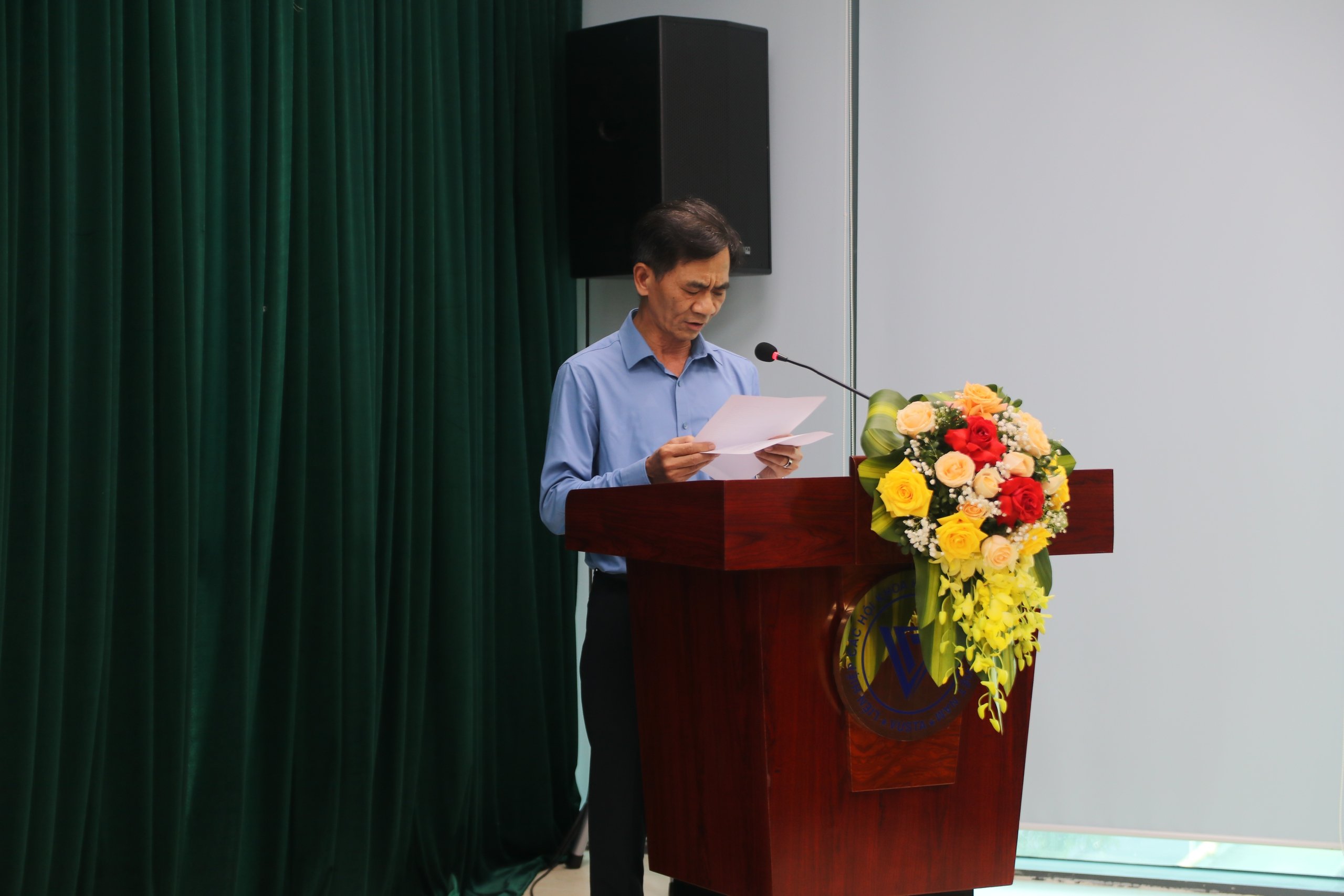
Dr. Nguyen Ngoc Son, Permanent Vice President of the Vietnam Animal Husbandry Association, shared: "One of the difficult problems in the pig farming industry today is not only providing nutrition for animals at the most optimal cost, but also being environmentally friendly." Photo: Nghia Le
Over the years, Vietnam has made continuous efforts to control and prevent diseases in the livestock industry, especially efforts to produce vaccines to prevent African Swine Fever. In addition, the livestock industry is gradually shifting to biosafety farming methods, combined with effective environmental treatment solutions, to minimize the risk of disease outbreaks and ensure sustainable development.
Reducing greenhouse gases is an inevitable and drastic direction for Vietnam's livestock industry...
Meanwhile, Dr. Nguyen Xuan Duong, Chairman of the Vietnam Animal Husbandry Association, shared: "The livestock industry in Vietnam today not only faces challenges in economic development but also has to control greenhouse gas emissions, contributing to environmental protection."
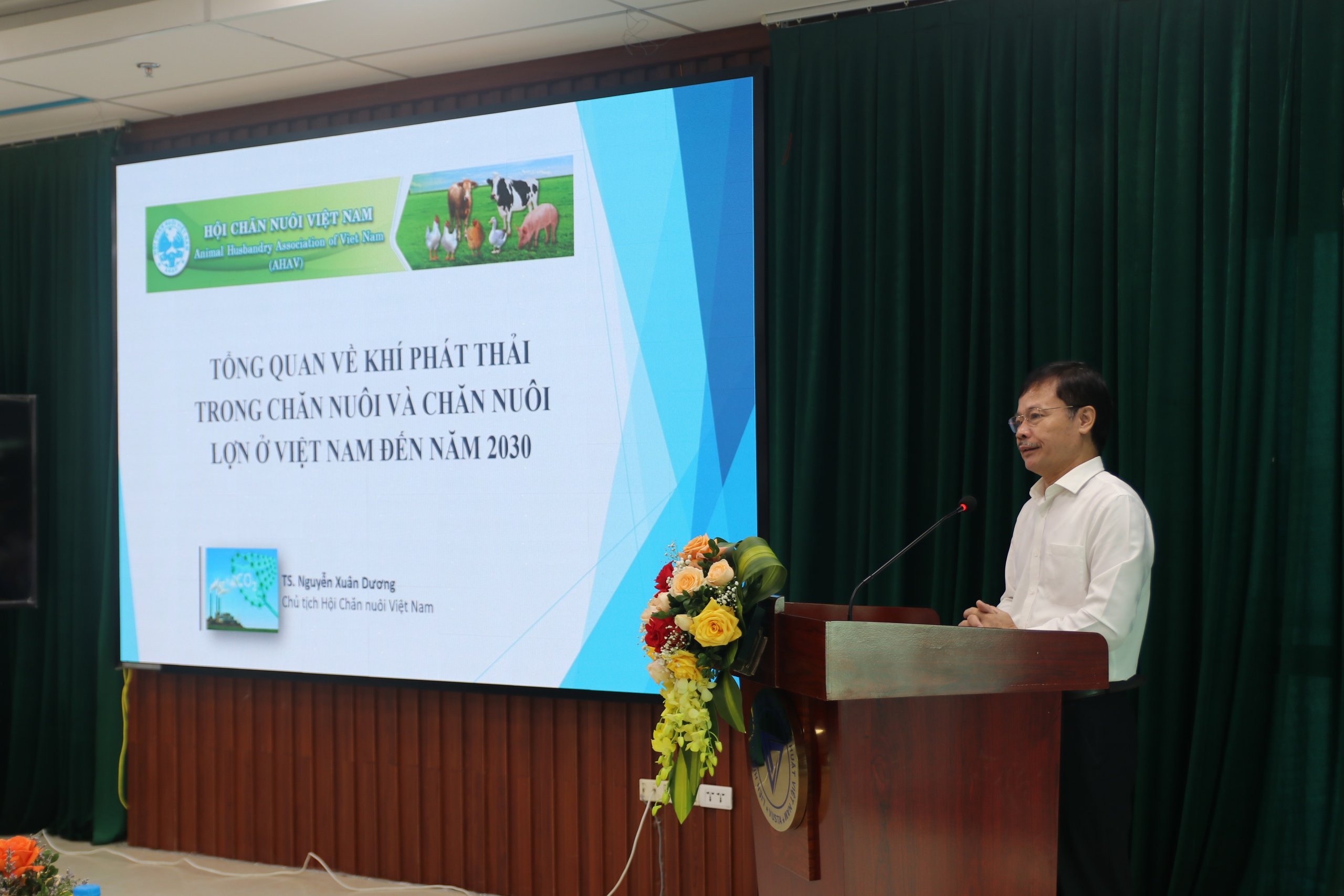
Dr. Nguyen Xuan Duong emphasized: "Livestock accounts for about 10-18% of total greenhouse gas emissions, significantly affecting global climate change. With one of the highest livestock densities in the world, controlling emissions in Vietnam's livestock industry is extremely urgent." Photo: Nghia Le
Currently, the number of livestock and waste in livestock farming is increasing significantly. By 2030, we expect to reach 29.5 million pigs and 600 million poultry, along with 92.1 million tons of solid waste and 20.5 million tons of CO2. This is a major challenge in managing greenhouse gas emissions.
In particular, the pig farming industry always plays a key role, not only in meeting domestic consumption needs but also contributing to creating export value. To develop sustainably, this industry must ensure a balance between economic benefits and environmental responsibility.
Dr. Nguyen Xuan Duong emphasized: "The pig farming industry across the country needs to unify its awareness and develop a common standard on reducing greenhouse gas emissions, to jointly contribute to the development of a green, safe and sustainable agriculture . Only with consensus and strong commitment can the livestock industry go further, not only in terms of production efficiency but also in terms of responsibility to the environment and the community."
The livestock industry has deployed a number of technologies such as biogas, bio-bedding and improved feed rations to limit emissions, but most have not been widely applied in small-scale livestock farms. In addition, legal regulations such as the Law on Livestock, the Law on Environment, and Decree 06/2022/ND-CP on greenhouse gas inventory have provided specific requirements, but this is still a new, complex issue that requires time to adapt.
"I recommend that from now until 2030, the State should encourage livestock farms to voluntarily conduct inventory and control of emissions, instead of immediately applying mandatory regulations. At the same time, we need to step up propaganda, technical training, and capacity building to be ready when mandatory regulations are applied," Dr. Nguyen Xuan Duong shared.
Besides the emission issue, our pig farming industry will have to face many other factors in the coming period. Domestic demand for pork tends to decrease, along with increased competition from imported pork and other food items.
African swine fever remains a threat, requiring biosecurity measures to be implemented. Environmental and greenhouse gas control issues will also put pressure on the pig industry, especially if inventory regulations become mandatory.
"With the current challenges, I suggest that livestock farms need to promote the transformation of livestock farming models in association with large corporations, contract farming or large-scale farms for stability and sustainable development. It should be noted that existing facilities will play an important role in maintaining and developing the scale of our pig herds in the coming time," added Dr. Nguyen Xuan Duong.
Dr. Ninh Thi Len, Vice President of the Animal Feed Association, provided information on the production of animal feed for pigs in Vietnam and solutions to reduce greenhouse gas emissions in this sector.
Currently, Vietnam has 267 animal feed production facilities, mainly concentrated in key economic regions, of which the majority of input materials must be imported, accounting for 70-90%, leading to unstable animal feed prices, affecting domestic production costs. The price of feed for pigs at the slaughter stage is currently maintained at an average of 12,000 VND/kg.
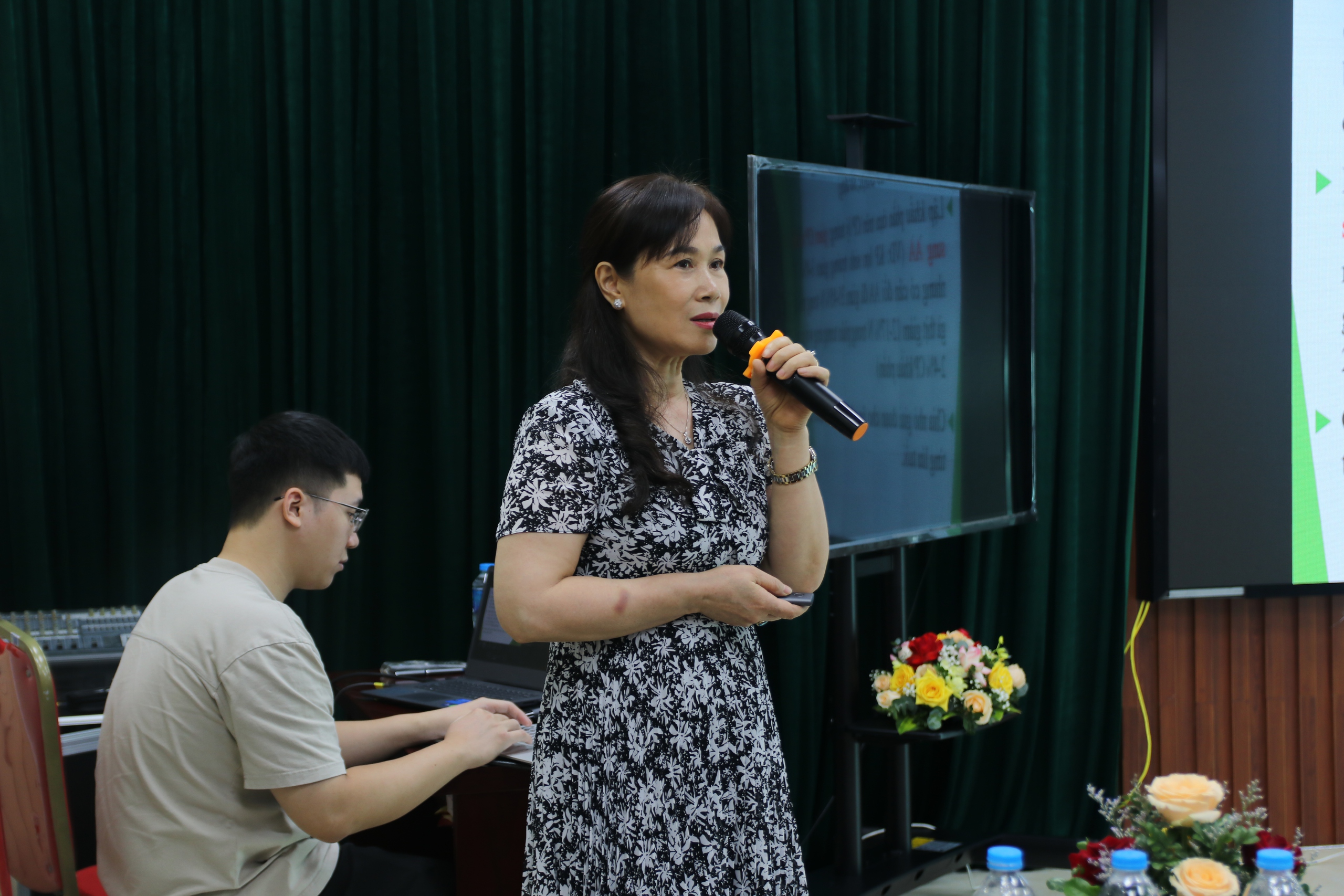
Dr. Ninh Thi Len emphasized: "If we do not proactively reduce emissions from animal feed right now, Vietnam's pig farming industry will face great challenges in maintaining sustainable development and meeting international environmental standards." Photo: Nghia Le
According to Dr. Ninh Thi Len, reducing greenhouse gas emissions in pig farming mainly aims to limit CO₂, CH₄ and N₂O. Of which, the major source of emissions comes from the digestion and excretion process from livestock, especially N₂O due to the conversion of nitrogen (N) in manure and urine, up to 265 million tons of CO₂. Therefore, some measures to reduce greenhouse gases through feed nutrition are recommended, including improving feed processing to increase the digestibility and balance of protein in the diet, thereby minimizing nitrogen excretion into the environment.
In addition, the use of feed additives such as enzymes, probiotics, and organic acids is also a solution to increase nutrient absorption efficiency and reduce greenhouse gas emissions.
Dr. Ninh Thi Len said that some countries such as South Korea and European countries have applied animal feed standards to reduce protein content in feed and replace low-carbon materials to protect the environment.
Finally, Dr. Len recommended that Vietnam should research and apply regulations on animal feed management related to greenhouse gas emission reduction, and at the same time encourage animal feed production enterprises to develop their own emission reduction strategies to adapt to global trends.
Promote the application of low crude protein and balanced amino acids in pig feed...
Dr. Kim Jae Cheol, Director of the Asia Pacific Technical Solutions Center, shared: "We need to change the perception of low crude protein feed. This is not a sign of poor quality, but on the contrary, this feed is designed to optimize the health and performance of livestock. With a balanced nutritional formula, low crude protein feed helps pigs absorb better, reduces greenhouse gas emissions and brings more sustainable economic efficiency to farmers."
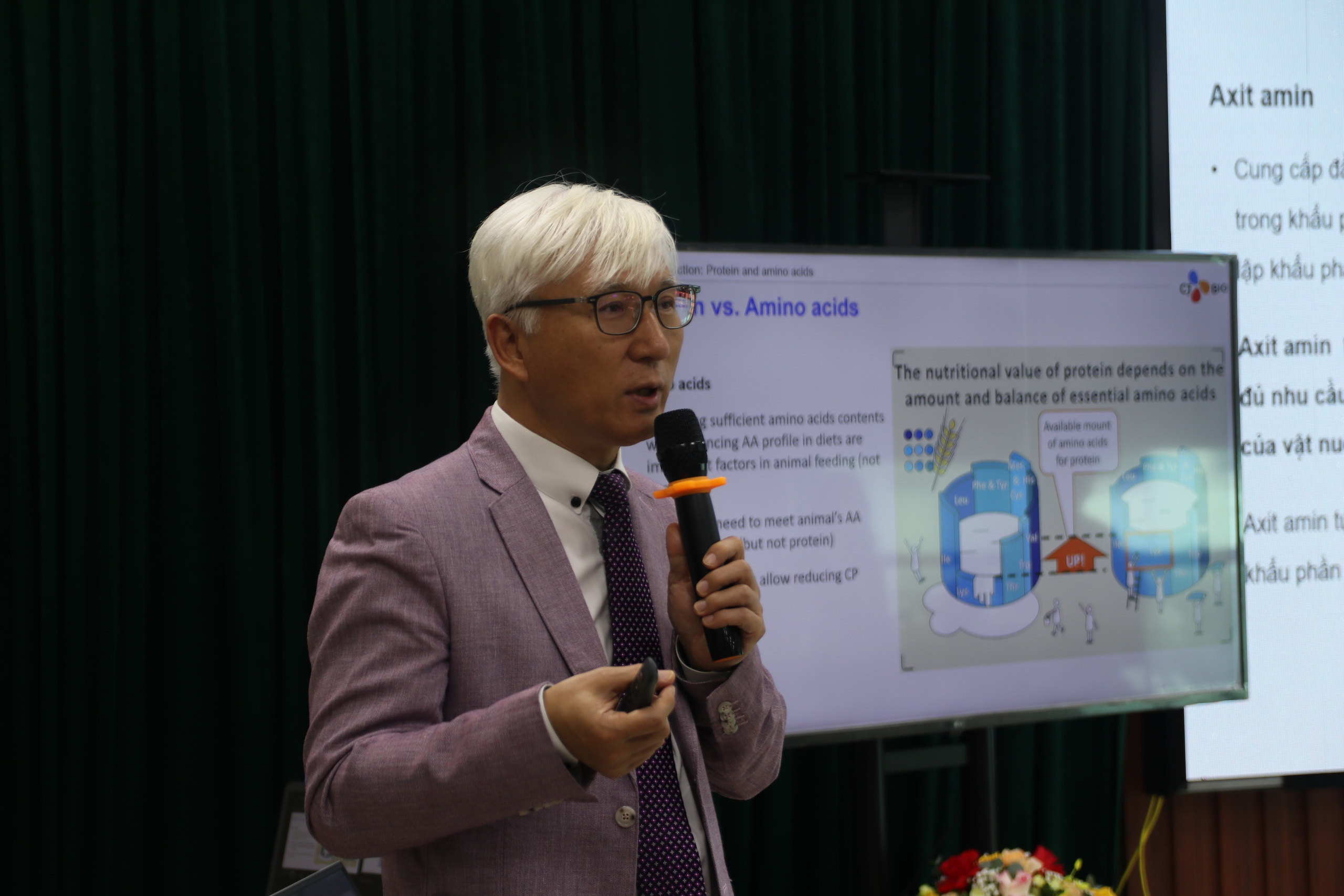
Dr. Kim Jae Cheol emphasized that: "Low protein feed promotes sustainable livestock development". Photo: Nghia Le
The statement emphasizes that pigs grow on amino acids, not crude protein, and that if feed provides adequate amino acids according to pigs' needs, they will grow well.
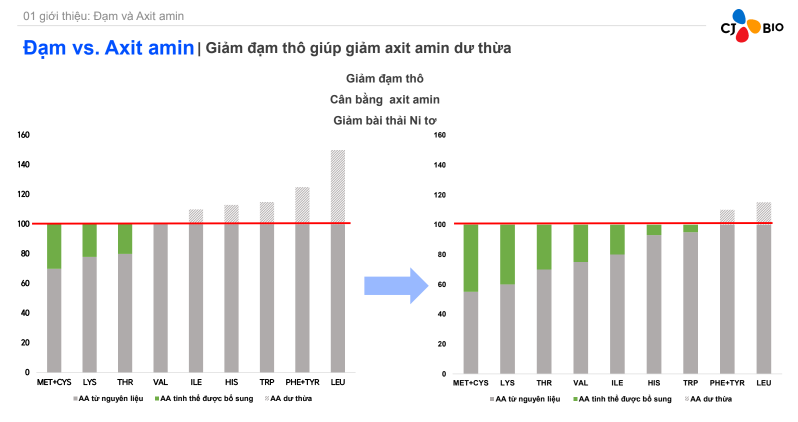
The diagram illustrates that balancing amino acids in livestock diets helps reduce nitrogen excretion into the environment, thereby contributing to reducing greenhouse gas emissions and protecting the environment more effectively. Photo: NVCC
The diagram on the left illustrates the traditional high protein diet model. To meet the required amino acid requirements (red line), farmers often supplement protein at high levels. However, the pig cannot accumulate amino acids beyond the required level, so the excess amino acids (those above the red line) must be excreted, releasing nitrogen gas and contributing to the greenhouse effect.
Meanwhile, the chart on the right shows a solution to balance amino acids by reducing the crude protein ratio in the diet. This method still fully meets the growth needs of the pig without creating a large amount of excess amino acids. As a result, the pig emits less nitrogen, helping to reduce greenhouse gas emissions and protect the environment.
In addition, the application of low crude protein diets brings many important benefits in livestock production. Instead of using antibiotics to promote growth, low protein diets help reduce the energy demand for the process of excreting excess amino acids, reducing nitrogen emissions - a major factor in greenhouse gas emissions.
In addition, low crude protein feed also helps reduce heat stress in livestock, improve health and create higher economic value for farmers. With these benefits, low crude protein feed is a sustainable solution contributing to the development of an environmentally friendly livestock industry.
This approach to reducing crude protein not only helps animals grow more sustainably but also contributes to Vietnam's Net Zero goal, minimizing negative impacts on climate change and moving towards sustainable livestock development.
According to research by Dr. Kim Jae Cheol, reducing crude protein by 1% in pig feed in Vietnam will help reduce 20,000 tons of CO₂, equivalent to CO₂ emissions from 4,400 cars.
Source: https://danviet.vn/nganh-chan-nuoi-thai-ra-921-trieu-tan-chat-thai-ran-205-trieu-tan-khi-co2-quan-ly-the-nao-de-giam-phat-thai-20241031142432651.htm


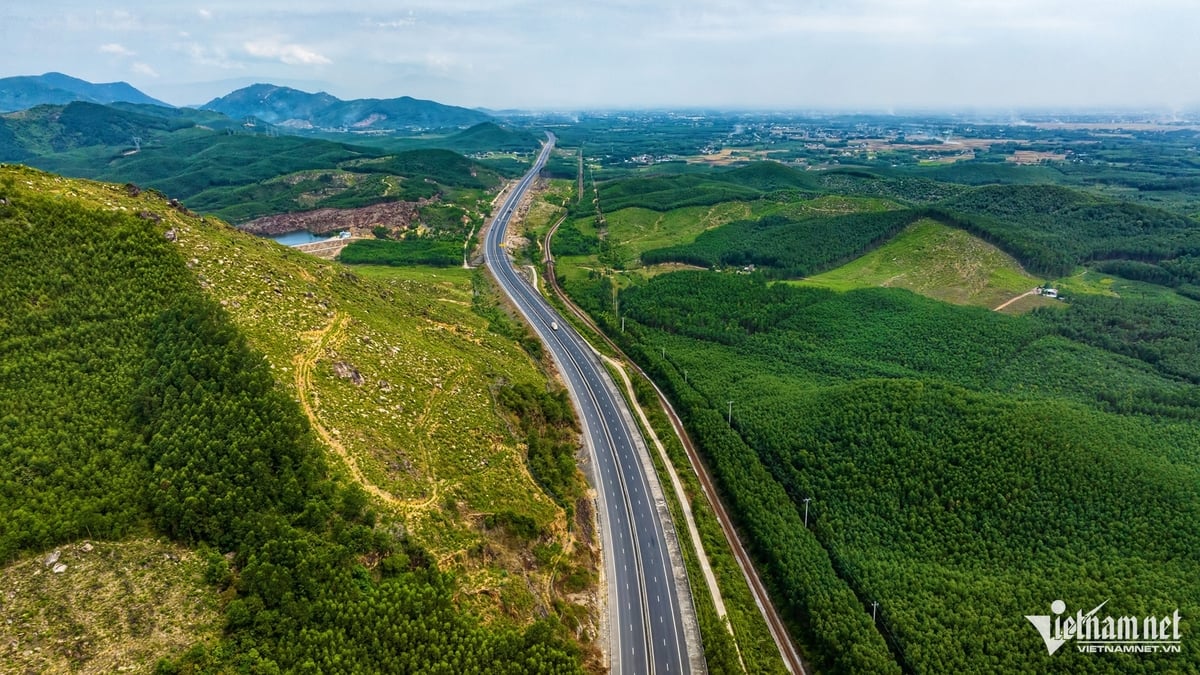
![[Photo] General Secretary To Lam attends the conference to review 10 years of implementing Directive No. 05 of the Politburo and evaluate the results of implementing Regulation No. 09 of the Central Public Security Party Committee.](https://vphoto.vietnam.vn/thumb/1200x675/vietnam/resource/IMAGE/2025/5/19/2f44458c655a4403acd7929dbbfa5039)
![[Photo] President Luong Cuong presents the 40-year Party membership badge to Chief of the Office of the President Le Khanh Hai](https://vphoto.vietnam.vn/thumb/1200x675/vietnam/resource/IMAGE/2025/5/19/a22bc55dd7bf4a2ab7e3958d32282c15)
![[Photo] Close-up of Tang Long Bridge, Thu Duc City after repairing rutting](https://vphoto.vietnam.vn/thumb/1200x675/vietnam/resource/IMAGE/2025/5/19/086736d9d11f43198f5bd8d78df9bd41)
![[Photo] Panorama of the Opening Ceremony of the 43rd Nhan Dan Newspaper National Table Tennis Championship](https://vphoto.vietnam.vn/thumb/1200x675/vietnam/resource/IMAGE/2025/5/19/5e22950340b941309280448198bcf1d9)



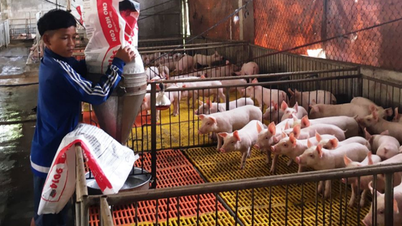
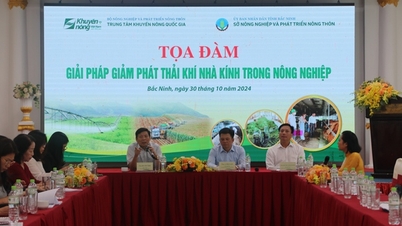
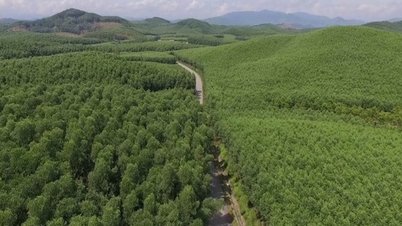
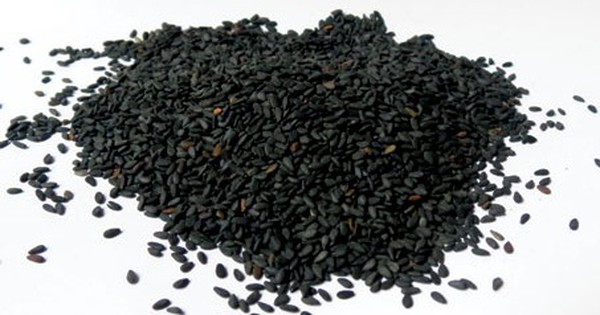

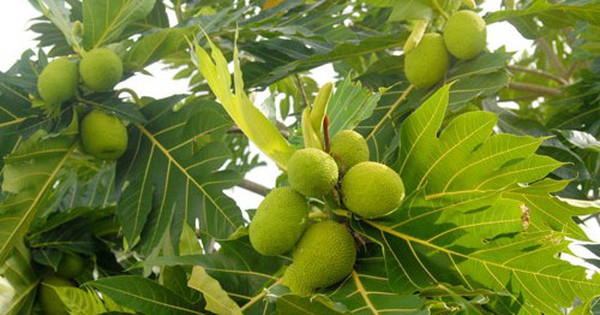
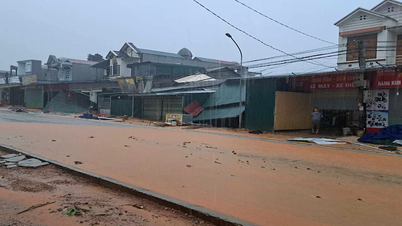



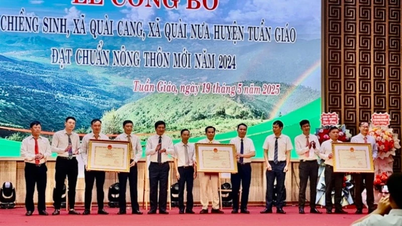
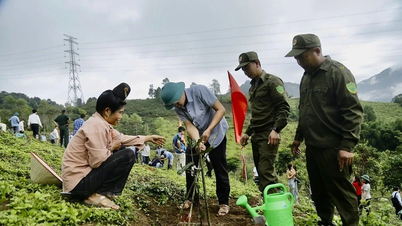
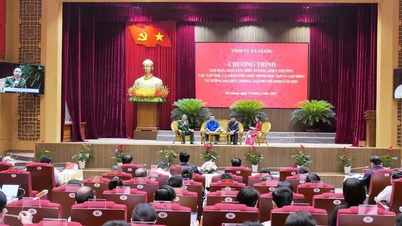








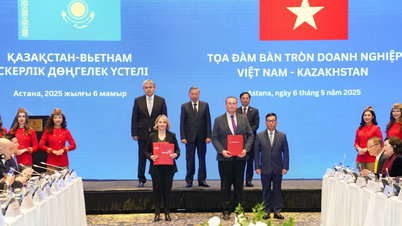


































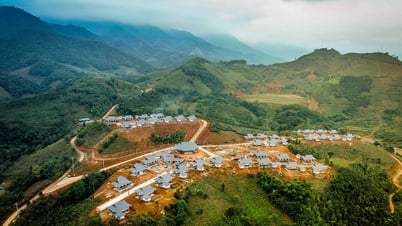











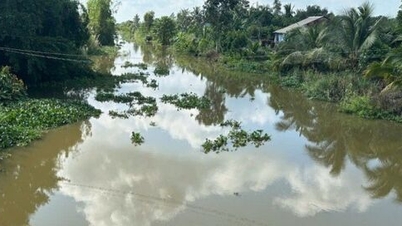

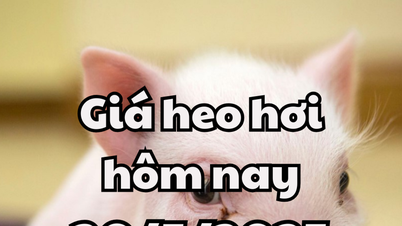

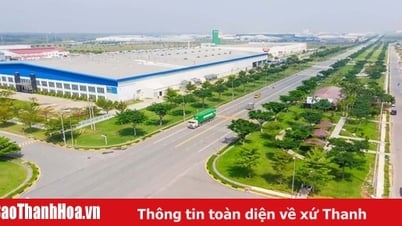

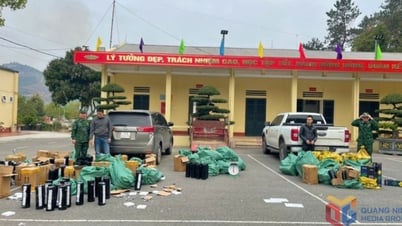

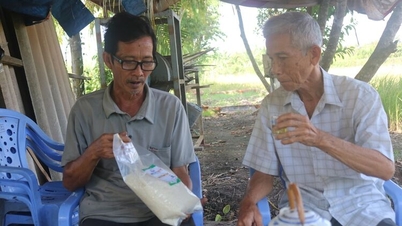

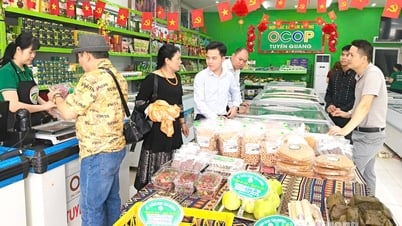






![[VIDEO] - Enhancing the value of Quang Nam OCOP products through trade connections](https://vphoto.vietnam.vn/thumb/402x226/vietnam/resource/IMAGE/2025/5/17/5be5b5fff1f14914986fad159097a677)



Comment (0)